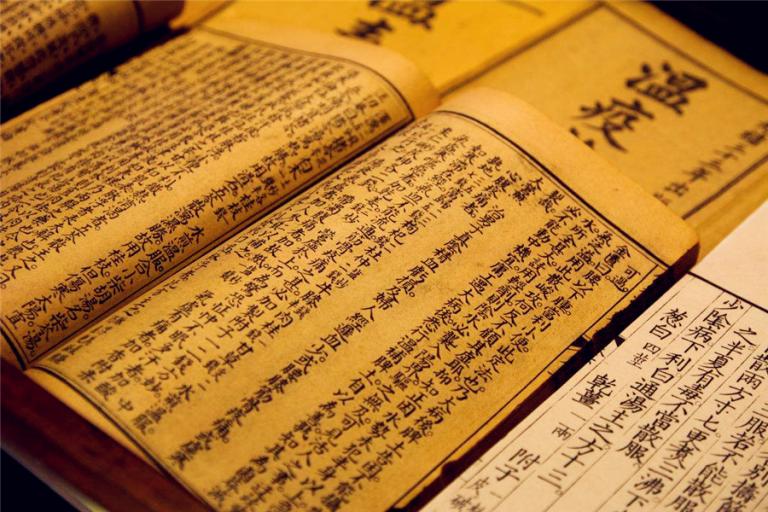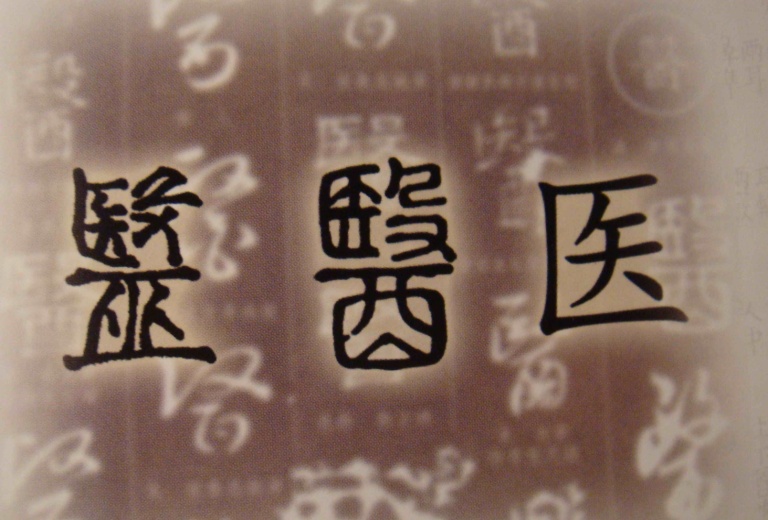The Theoretical Foundation of TCM
2 min readThe Spring and Autumn-Warring States period(770-221 BC)was a time of constantly shifting power in China, as the feudallords of the many fragmented states vied for political and cultural hegemony. The free exchange of ideas prevailed, giving rise to the Hundred Schools of Thought and their great philosophical debates.

Many great thinkers traveled among the various states during this period, pro- pounding their theories of government and influencing every aspect of Chinese culture, including poli- tics, literature, the arts, and daily life. It was in this context that Huangdi Neijing emerged. This fund e of traditional Chinese medicine consists of 18 volumes and 162 sections.
It ous medical books, records, and case studies dating from the Sp 6 BC), Warring States Period(475-221 BC), Qin Dynasty (221-207 BC), an bly was compiled toward the end of this period, although some scholars t some sections may have been added during the Wei Dynasty(220-266 AD nt, this important work contains contributions by numerous authors from various dynasties, and was compiled over an extended pe- riod of time The Neijing represents th al Chinese medicine.
It has been indispensable to every pract TCM throughout Chinese history. The Neijing encompasses the evolution of Chinese medicine from its empirical beginnings, when treatment was based solely on accumulated ex e form as a systematic, theoretical science. The Neijing is a vast compendium of m t covers every historical stage, theoretical aspect, and clinical applica- tion of traditional Chinese medicine. In this work, important elements of TCM, such as the concept of holism and the use of p ication in clinical practice, are developed into fundamental theo- ries. The Neijing’s greatest accomplishment was to inject philosophical theory into empirical medicine.
Without a philosophical framework, e observations remain a mass of disconnected data. It was by providing a philosophical and theoretical structure for the clinical practice of medicine that the Neijing achieved its status as the principal classic of traditional Chinese medicine.









